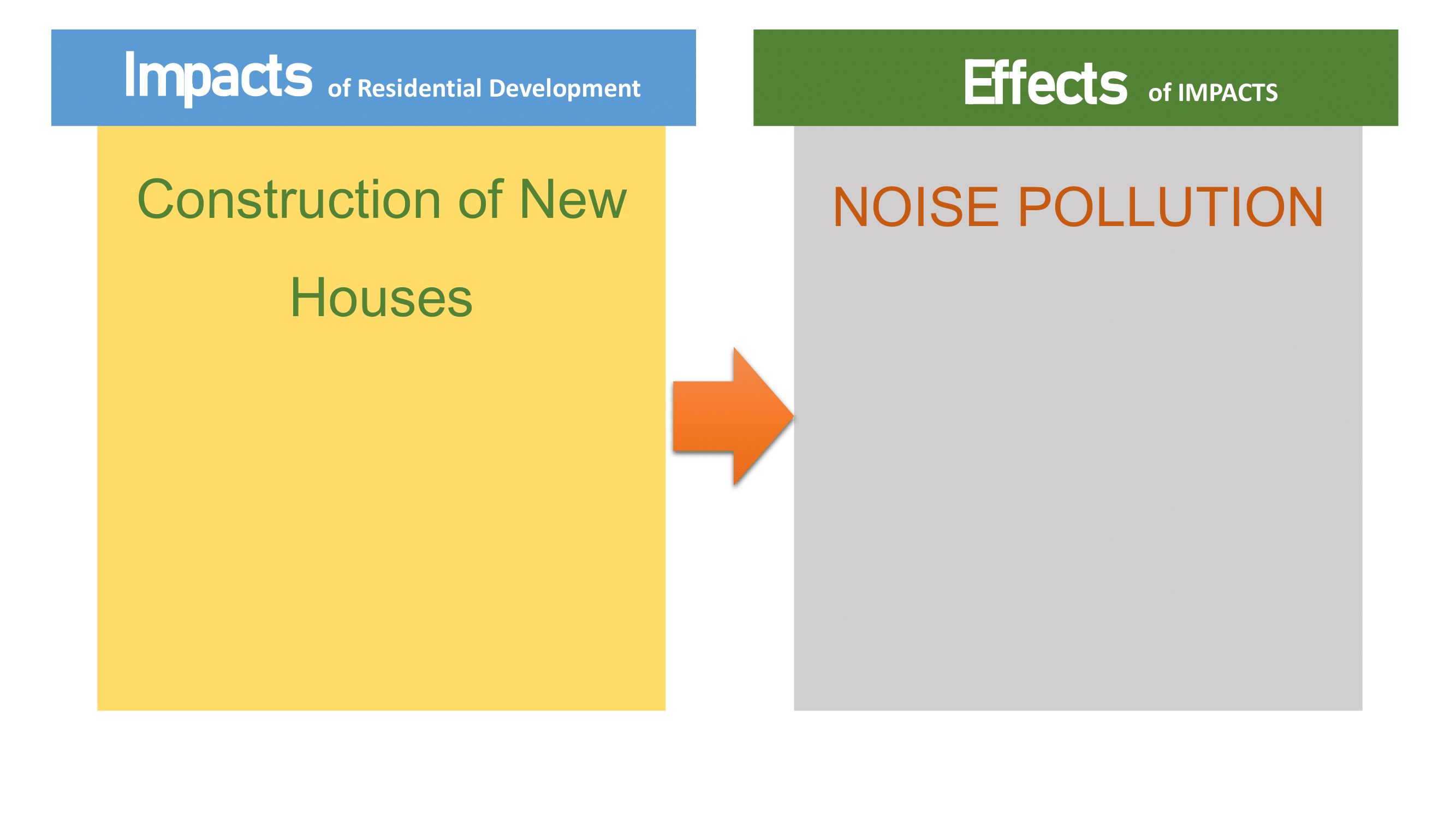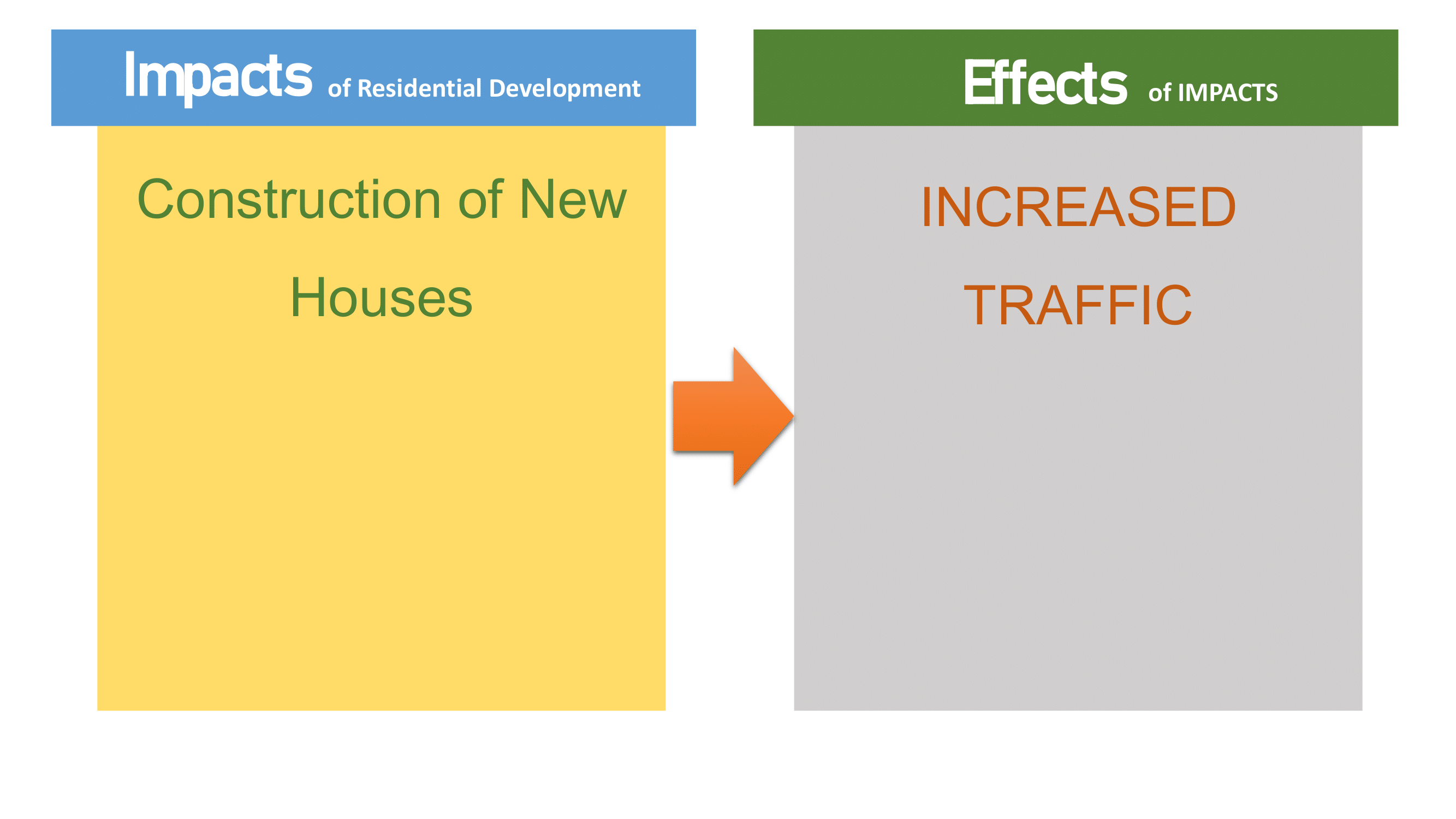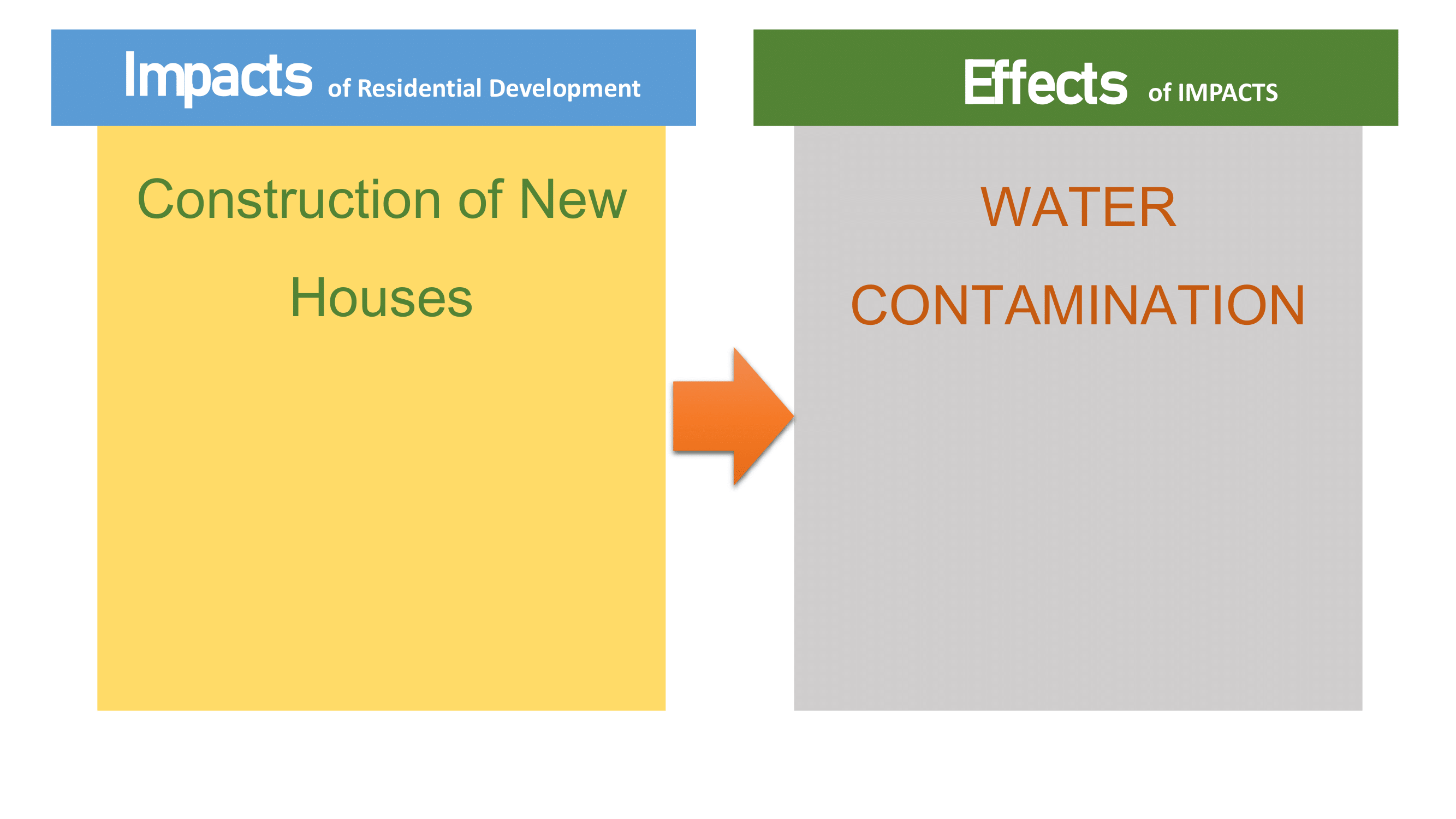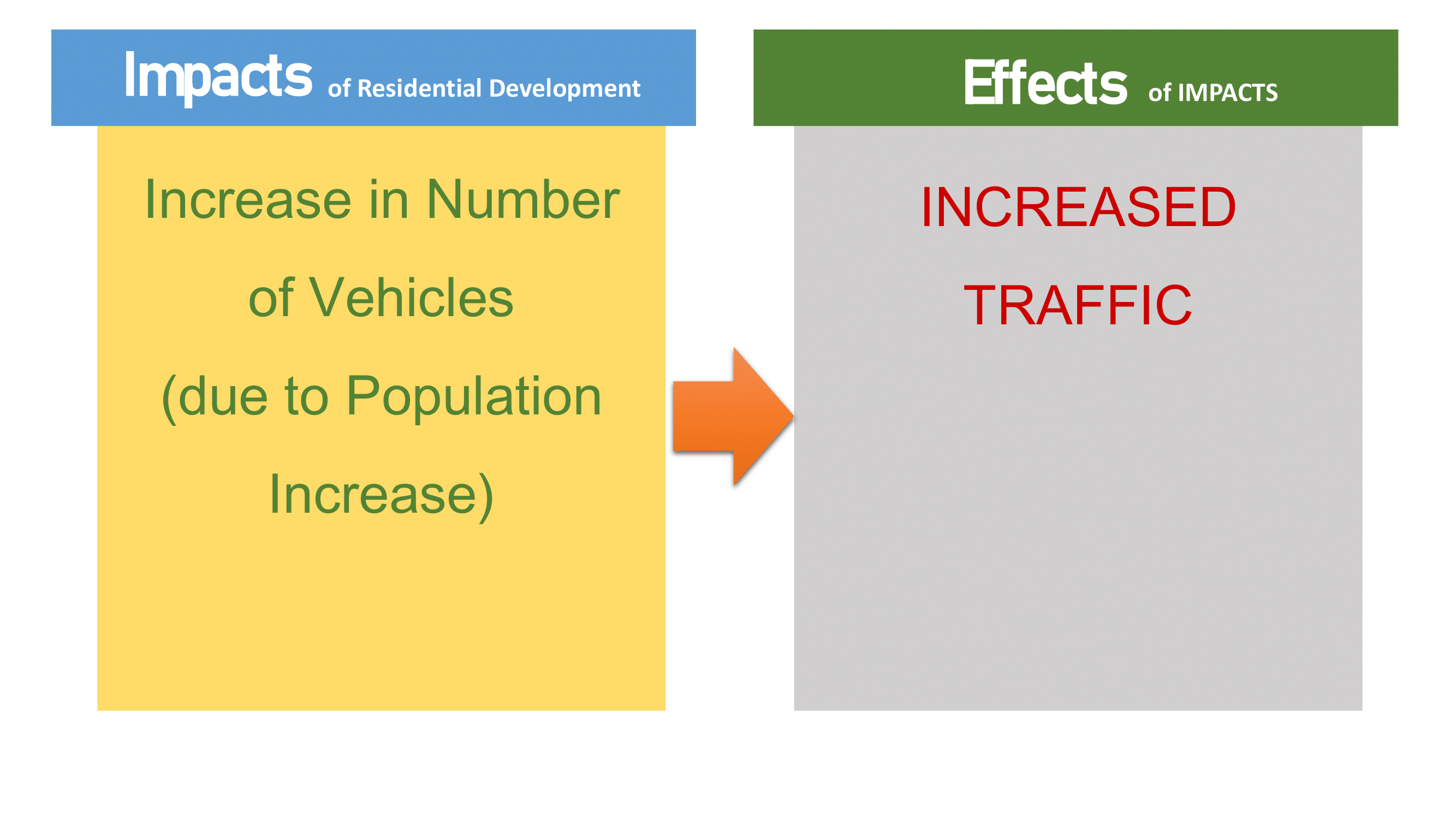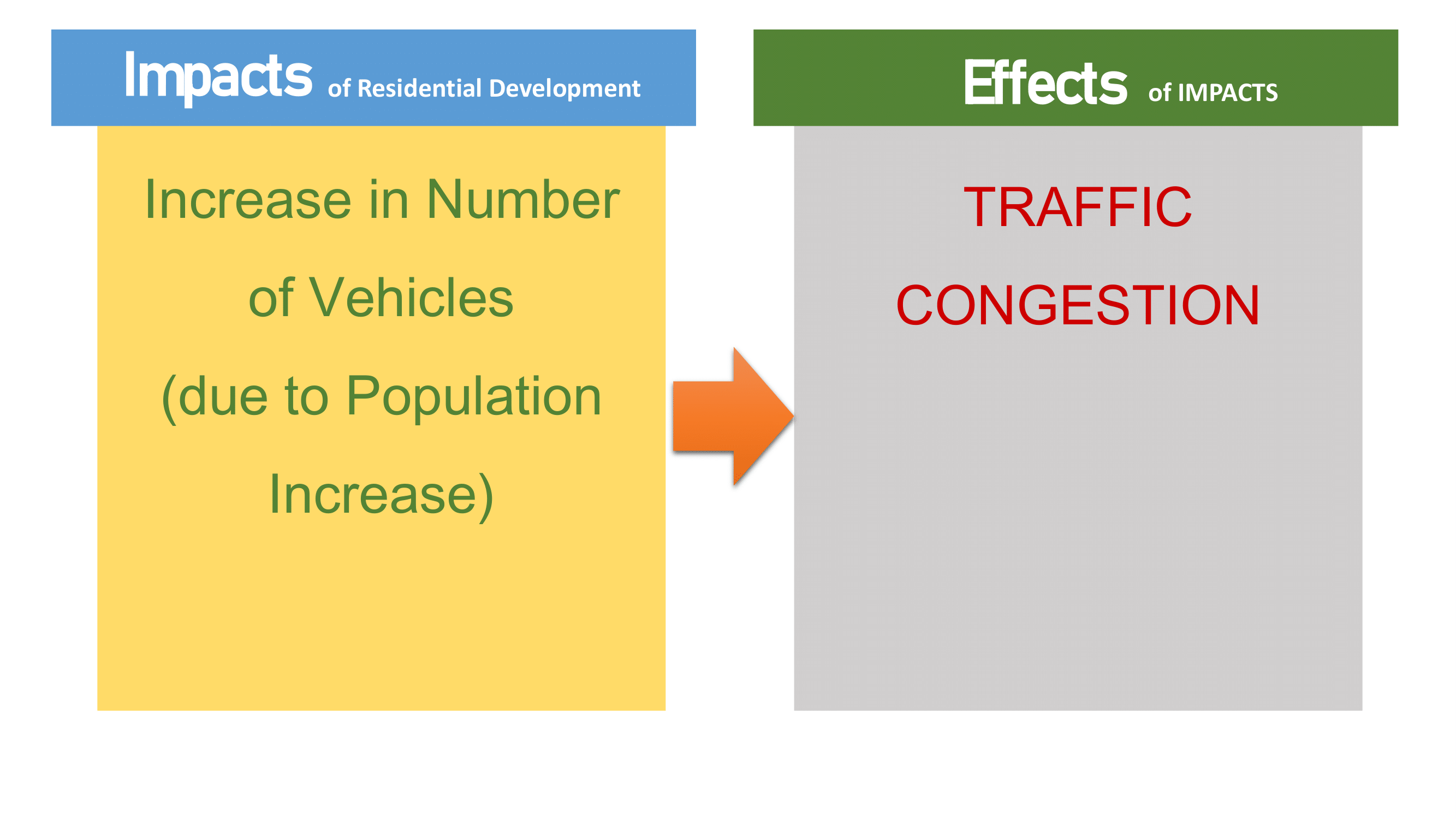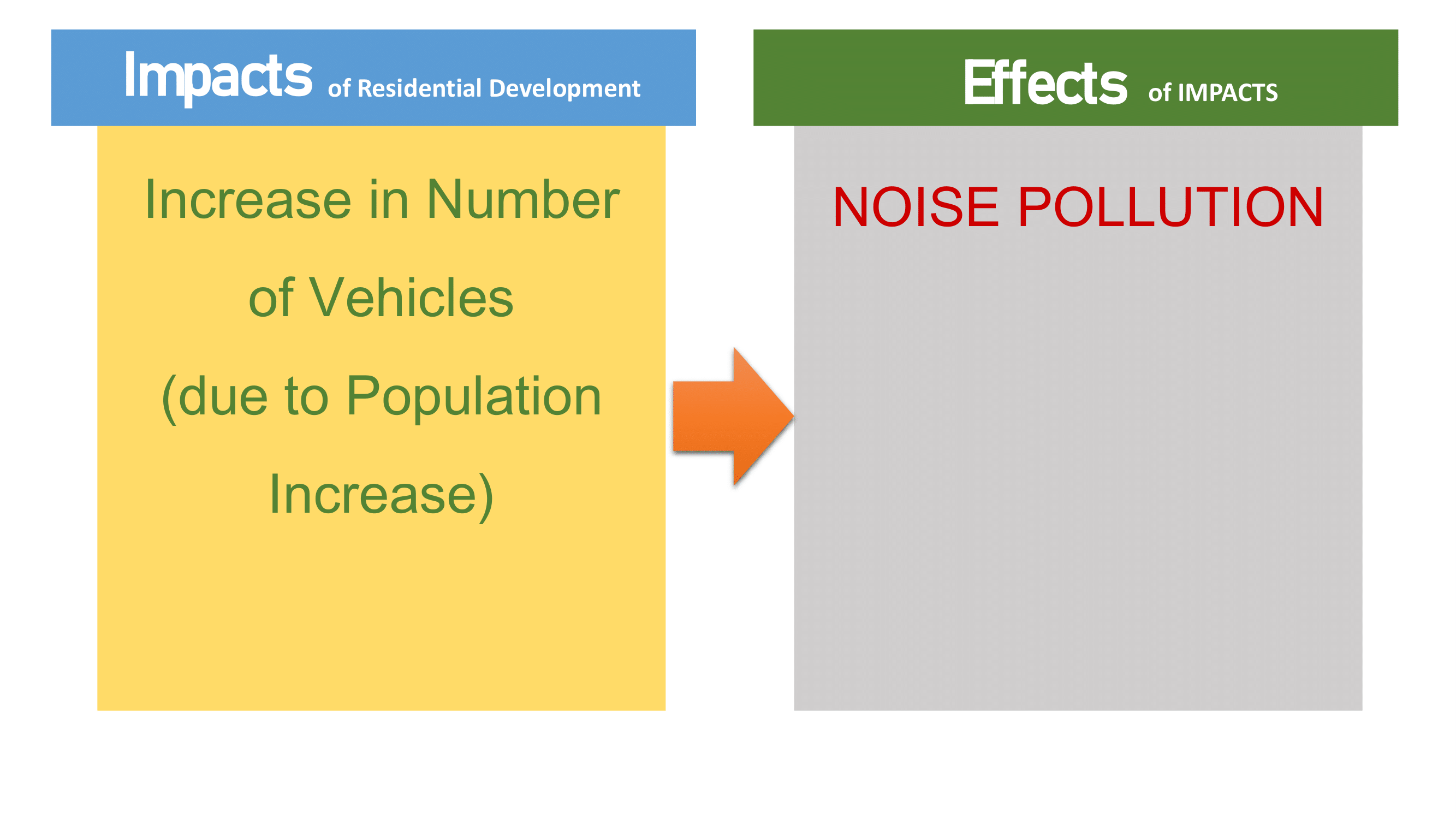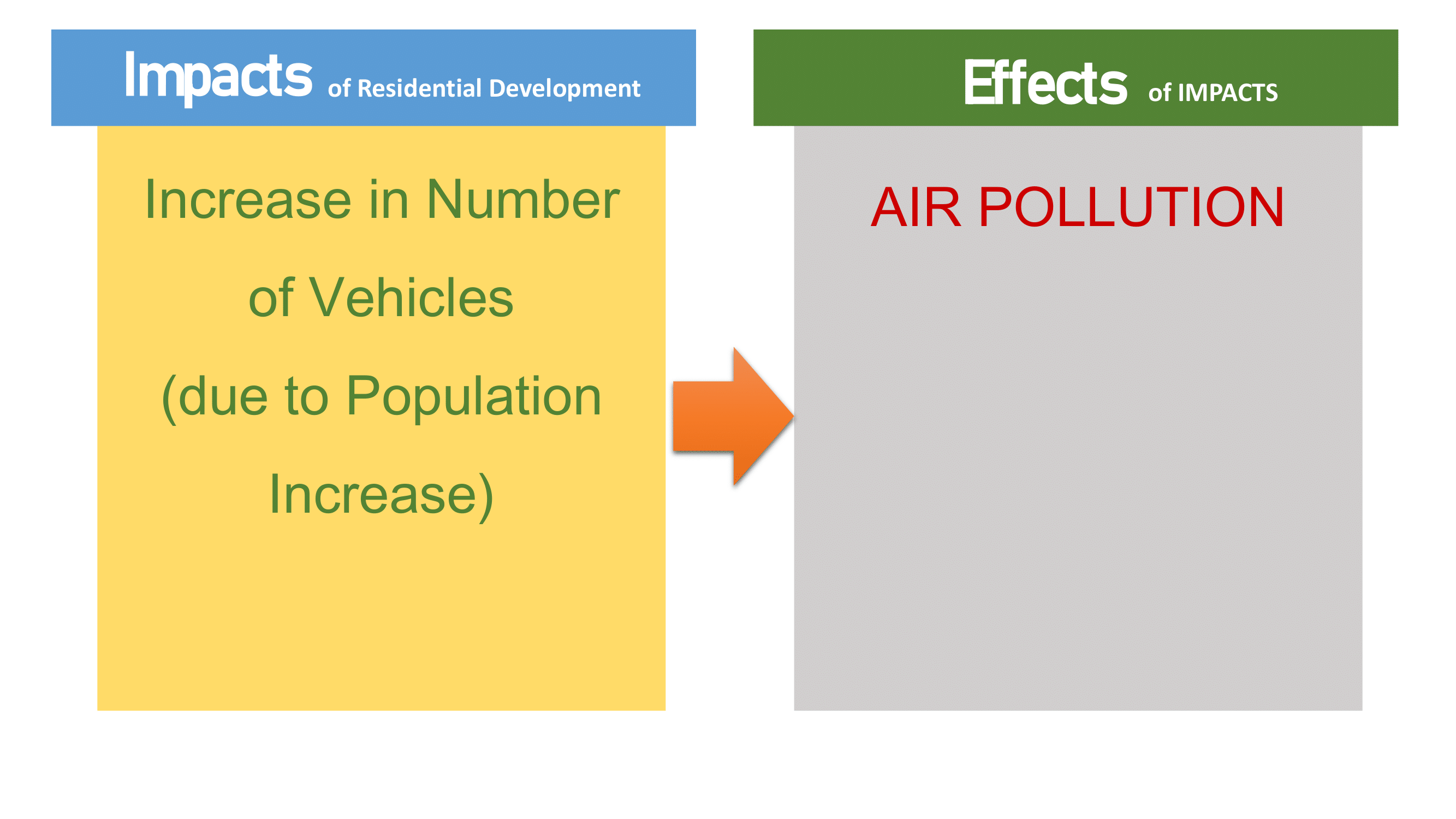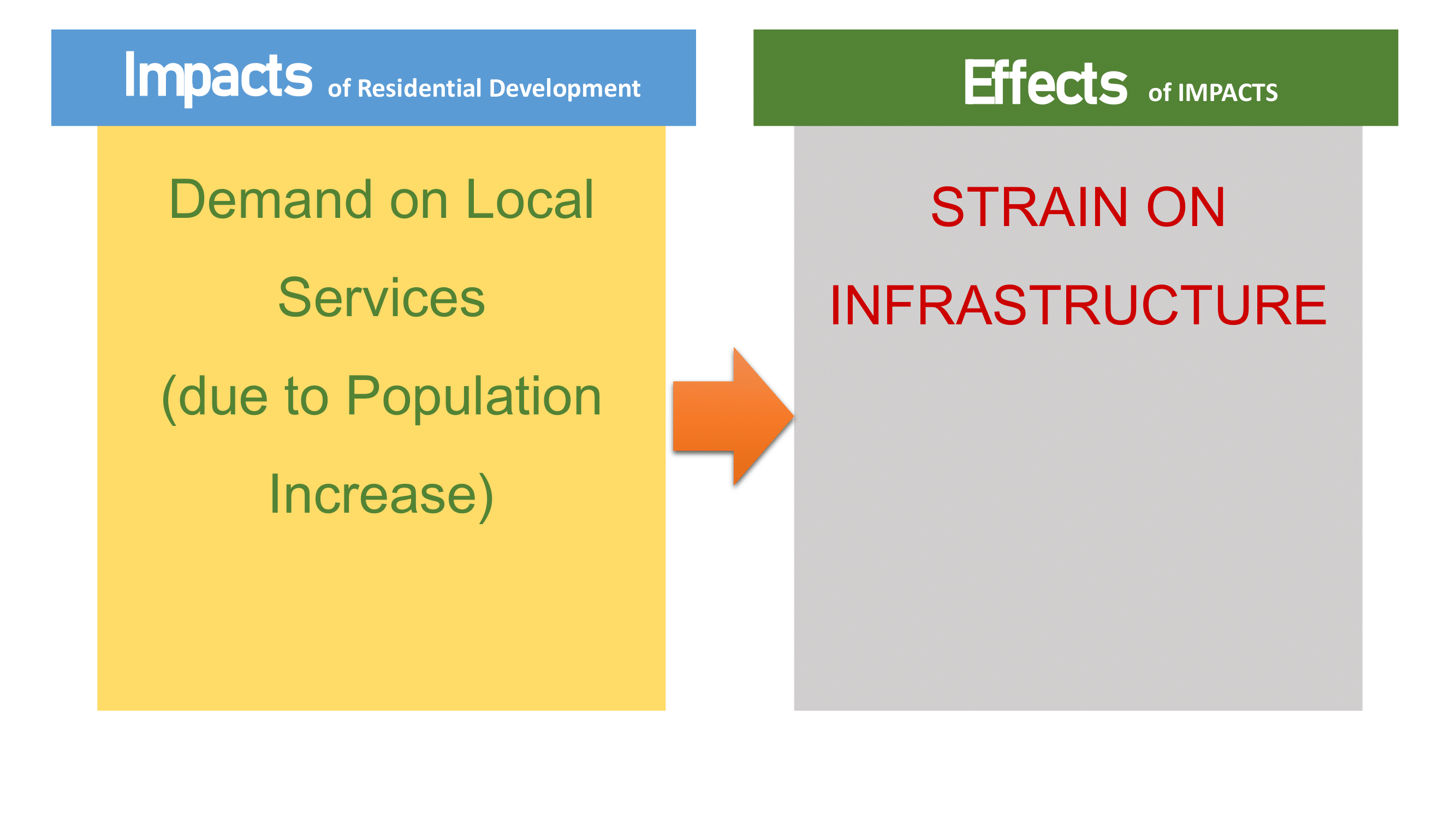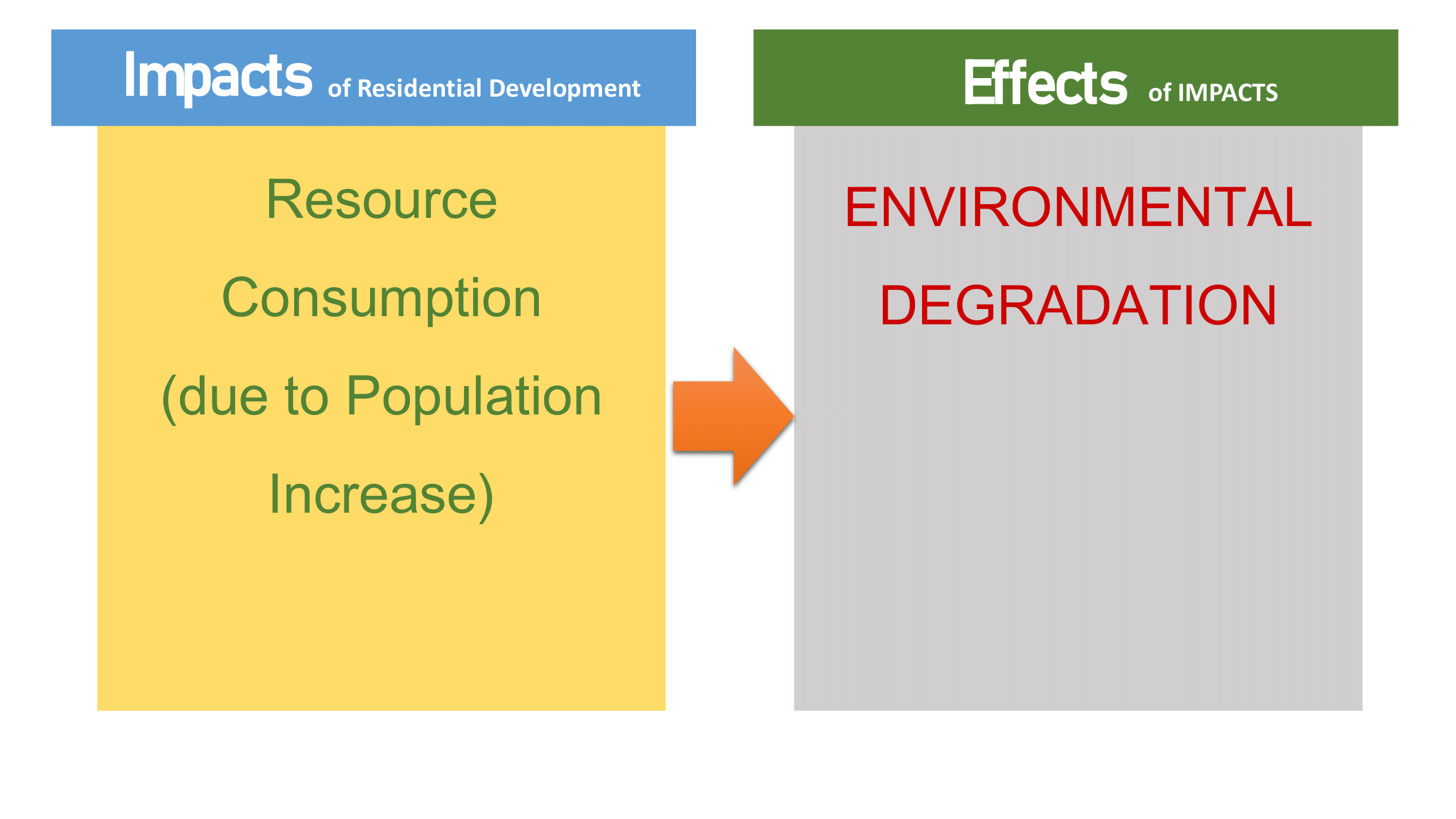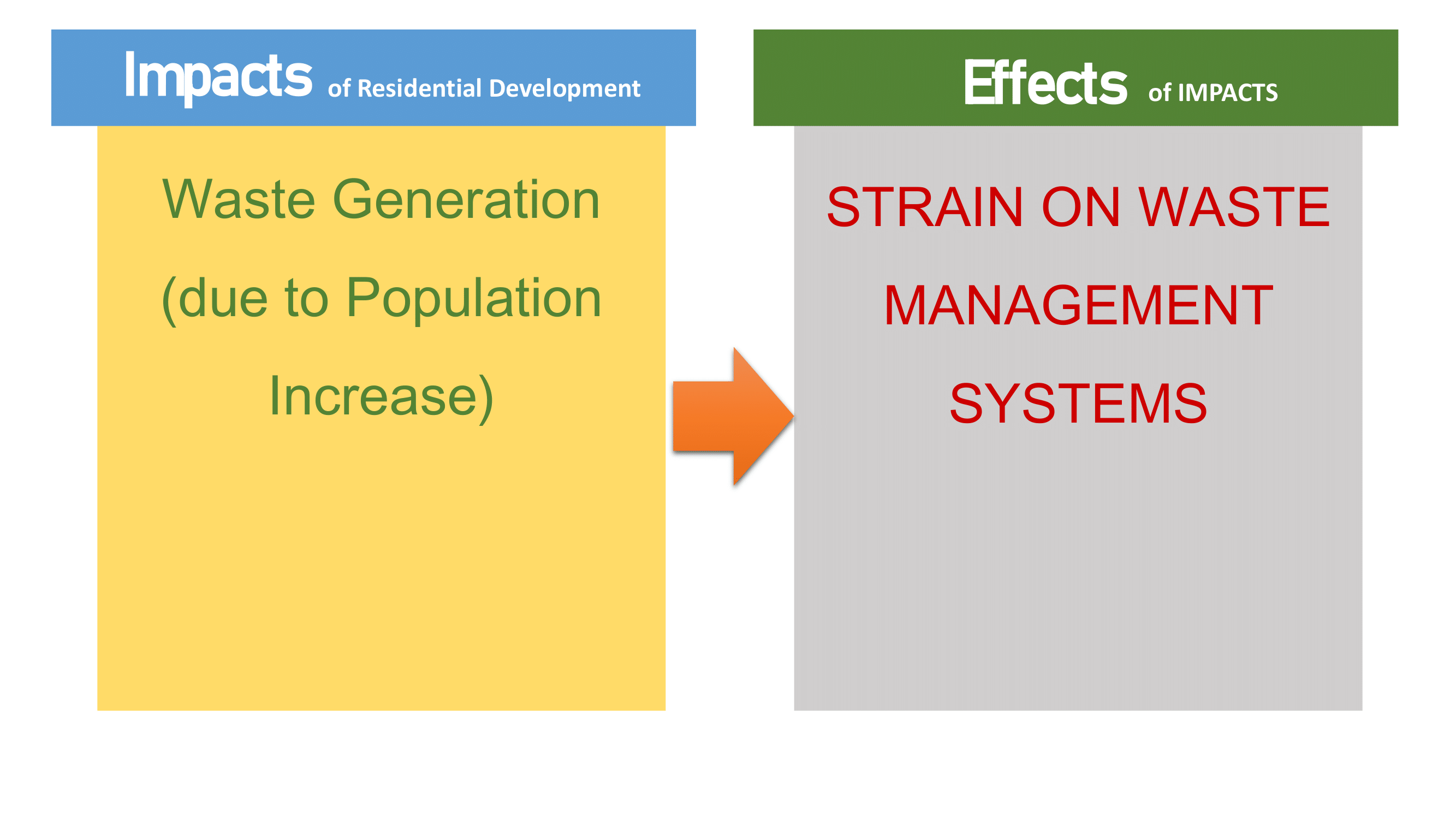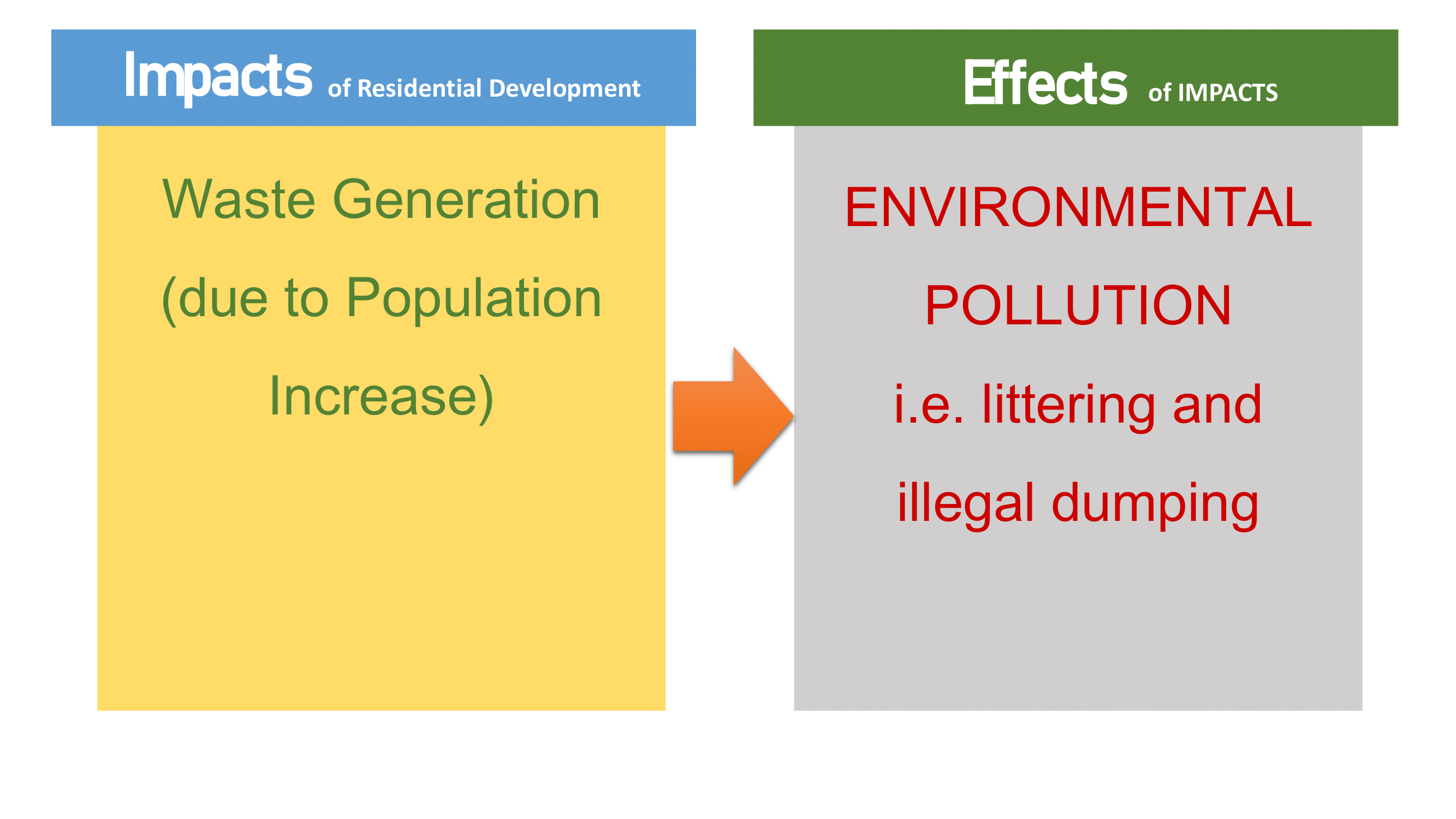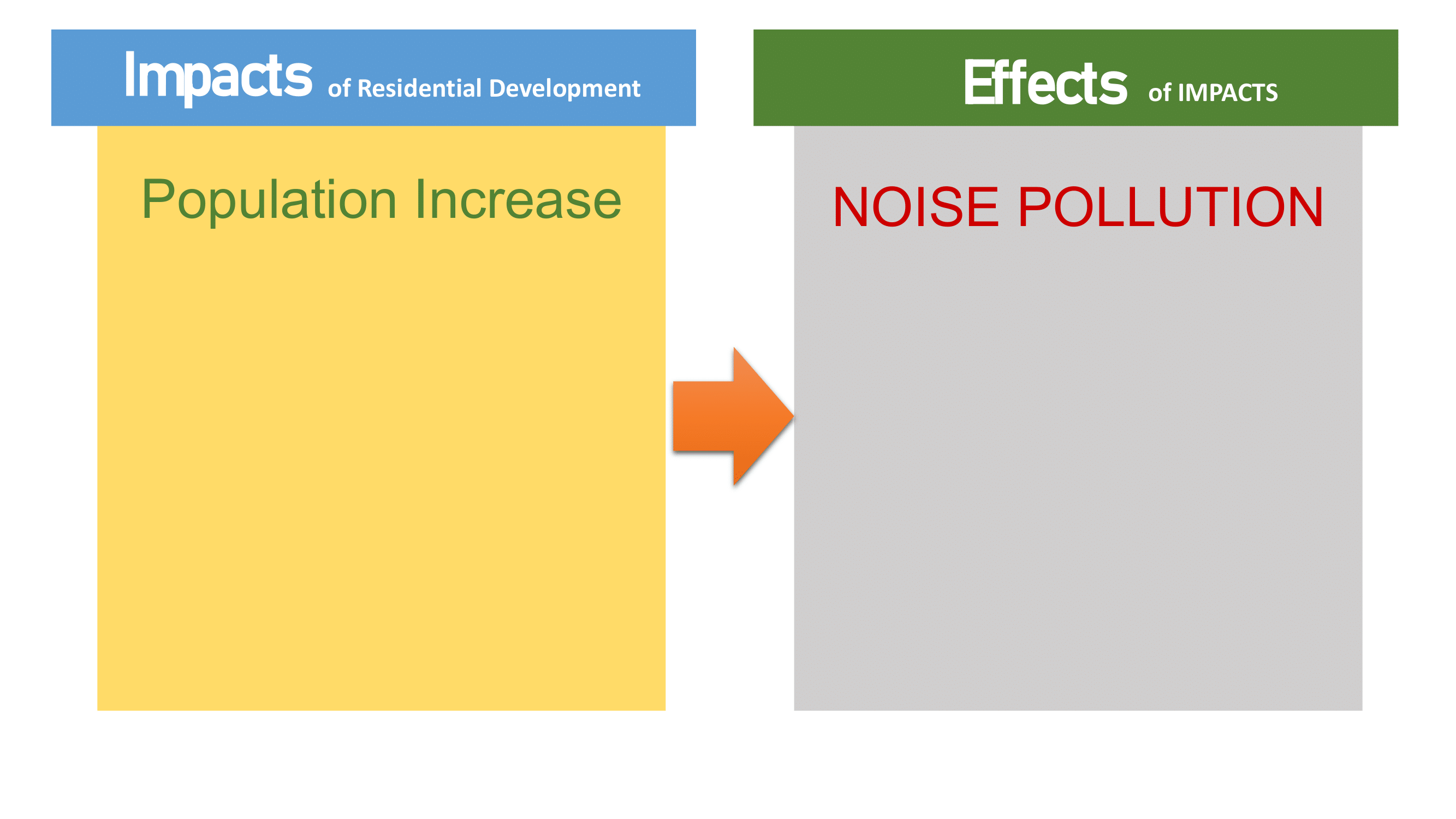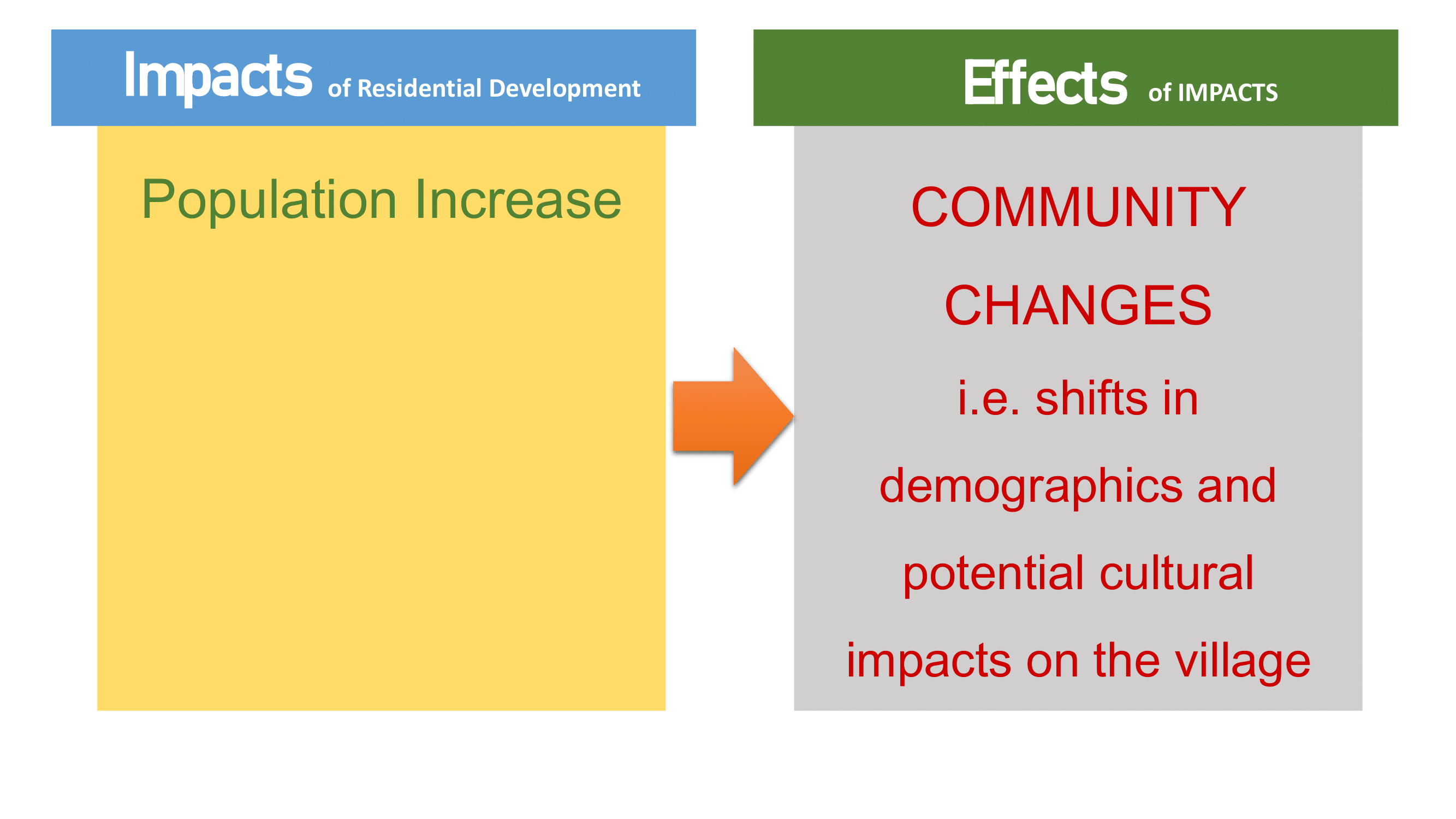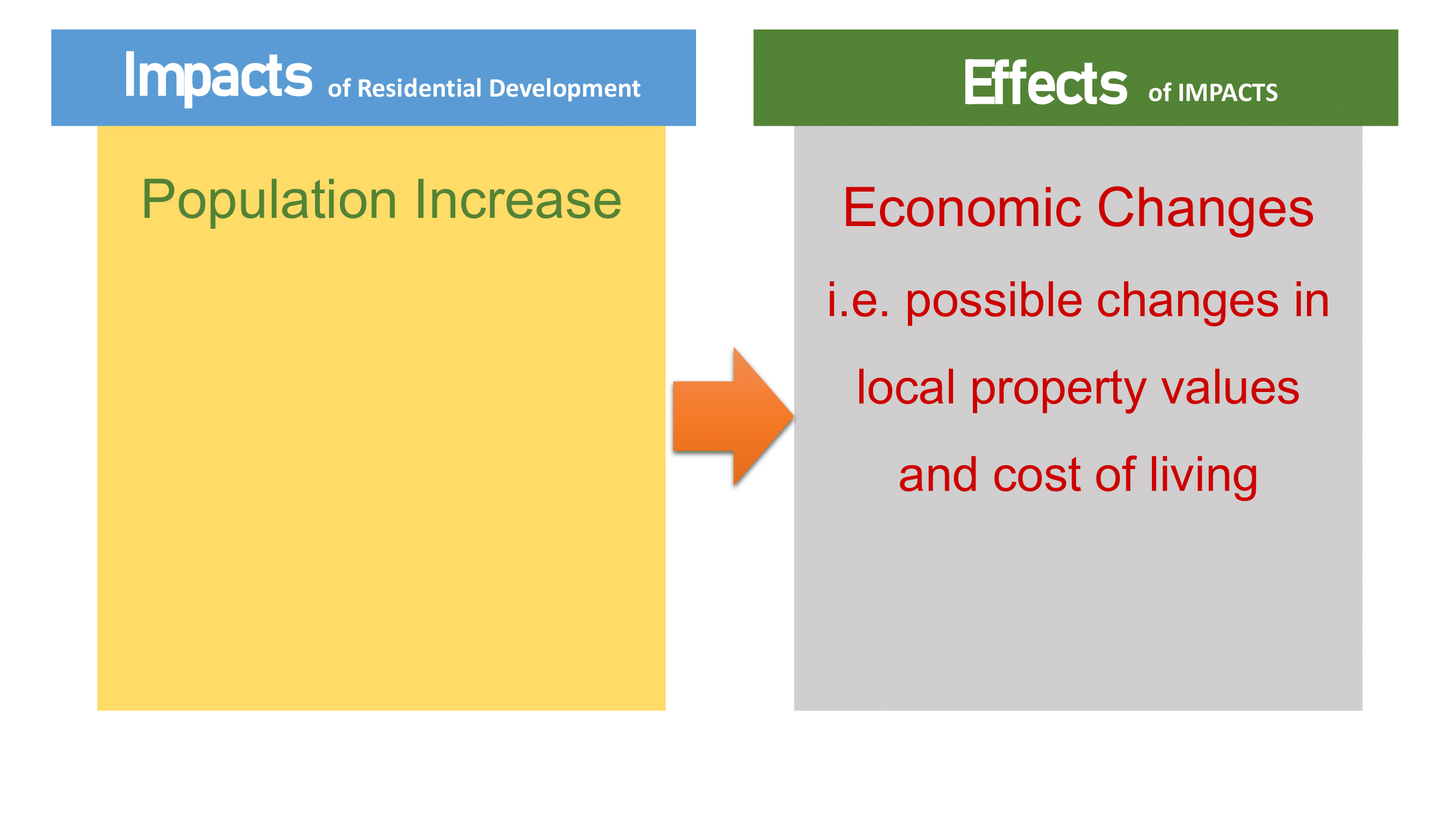Bargate Homes is, in our opinion, a parasite. They exploit the characteristics and infrastructure of the village, avoid Environmental Impact Assessments (EIA), and are ultimately destroying the very features they advertise to potential buyers.
Developers should not withhold information about planned further developments. They are required to disclose comprehensive plans, including any future phases or expansions, during the planning and public consultation process. Withholding such information can be seen as deceitful and can negatively impact the community and the environment, as well as the integrity of the planning process.
Back in 2013, EIA Screening Applications were submitted almost simultaneously for the plot of land marked in red above and referred to as Land East of Cawk House, Stoney Lane (also known as Land West of Beechlands Road), and Land North of Boyneswood Lane (now known as Ashwood Estate).
The first application was submitted on behalf of Foreman Homes, and the second on behalf of Bargate Homes. Foreman Homes is a venture partner of Vivid, as Bargate Homes was when they secured permission to develop the Ashwood Estate. Now, Bargate Homes is part of Vivid. Bargate Homes did not just ask for an EIA opinion; they argued against the need for an EIA.
“…it is our view that there would be no significant environmental impact arising from the residential development of this size, and hence, an EIA is not required in this instance.”
Yet, already at the very beginning of 2018, Bargate Homes formalised their right to buy the aforementioned plot of land marked in red (through an Option Agreement).
EHDC decided that no EIA was required, against the recommendation of HCC Highways, which stated that due to the number of SHLAA sites and their combined effect on the A31 and the junctions of Boyneswood Road and Lymington Bottom Road, an EIA should be requested. In February 2019, at the very junction of Boyneswood Road, I was injured when my car was hit from behind.
Local authorities should ensure that public consultations are conducted in a factual and honest manner. This involves verifying that developers provide accurate and complete information about their projects. Transparency and honesty during consultations are essential for gaining public trust and ensuring informed decision-making. The EHDC planning application process seems to be unfit for purpose.
The first residents of Ashwood began moving in during Autumn 2018, Bargate Homes failed to disclose to their potential buyers that Ashwoods was intended as a stepping stone or a component in their master plan to transform Medstead into an ‘epic‘ building site for the construction of an additional 650 new dwellings.
As outlined in the document titled ‘South Medstead | Large Development Site,’ published in 2019, Bargate Homes was set to pursue a significant extension to the village of Medstead, rather than alternatives recognised by national planning policy, such as new settlements and town extensions. Bargate Homes’ intention to do this dates back to long before 2019, as the Option Agreement suggests. And here we are in 2024, with the next phase of their plan being published as a completely new, separate proposal.
The use of dormant companies and entering into partnerships can be a way to conceal a creeping strategy. This strategy involves a methodical and incremental approach to achieving long-term objectives without attracting significant opposition or attention. It could be employed to circumvent regulatory constraints or oversight, such as avoiding the need for an Environmental Impact Assessment (EIA)
Local authorities are legally responsible for ensuring that all new developments are built in line with sustainable development rules
Bargate Homes sells the village character and quality of life, while simultaneously planning to destroy it
Bargate Homes promised potential ‘market’ buyers ‘peaceful and relaxing surroundings, secluded in a sweet little village nestled amidst green landscapes, steeped in history; a place where ancient Romans, medieval knights, and more roamed, with epic woodland walks and luscious landscapes.
I moved into one of the first completed houses in the Ashwood Estate. For me, moving out of the city was the ultimate life goal. It is how I first met Bargate ‘Worms’, they marketed the Ashwood development with an emphasis on the village’s idyllic setting and community spirit, appealing to buyers seeking a picturesque rural lifestyle.
The location and characteristics of Medstead were the main deciding factors for us to commit to buying property in this development. I envisioned myself growing old relatively contentedly in the house developed by Bargate ‘Worms’, largely due to the location and character of the village.
We wrongly assumed that any development in such a location would only be permitted if it met all the sustainable development criteria, ensuring due consideration for environmental and social impacts, as well as infrastructure needs, especially given its status as a village known for its beauty and character.

Many individuals tend to trust the UK regulatory processes governing new housing developments in the UK, assuming that the complexity of these regulations, which often exceed the capabilities or willingness of most people to navigate, must serve a purpose, right?
The complexity of regulations would only be justifiable if they were effective. However, based solely on the Four Marks & Medstead case, where a 40% increase in population over a 10-year period did not trigger a single Environmental Impact Assessment (EIA), it is reasonable to conclude that they are not effective.
In our view, Bargate ‘Worms’ is a parasite because it exhibits parasitic characteristics:
Dependence on Host:
- Exploitation of Existing Infrastructure: The development relies heavily on the existing roads, utilities, and public services of the village without significantly contributing to their maintenance or expansion.
- Utilisation of Scenic and Cultural Features: It capitalises on the village’s natural beauty, historic charm, and community amenities to attract buyers.
Harm to Host:
- Strain on Resources: The influx of new residents puts additional pressure on local infrastructure, leading to congestion, overburdened public services, and depletion of resources.
- Environmental Degradation: By avoiding EIAs, BH developments cause significant harm to the local environment, loss of wildlife habitats, and pollution.
Specialisation:
- Marketing Tactics: The development is marketed with an emphasis on the village’s idyllic setting and community spirit, appealing to buyers seeking a picturesque rural lifestyle.
Destruction of Advertised Features:
- Loss of Village Character: The construction and increased population density can erode the very qualities that make the village attractive, such as tranquillity, green spaces, and a close-knit community.
- Negative Impact on Quality of Life: The noise, traffic, and environmental impact associated with the development degrade the quality of life for both new and existing residents.
Impact on the Village (Host)
Economic and Social Strain: The development does NOT provide proportional economic benefits to the village, instead is causing financial strain due to increased demand for public services and infrastructure upgrades.
Environmental Concerns: Without proper EIAs, the long-term ecological balance of the area is compromised, affecting local flora and fauna and contributing to broader environmental issues.
Community Disruption: The influx of new residents altered the social fabric of the village, that is leading to social tensions and a loss of the traditional village culture.
As I settled into my new home, I became aware of local resident opposition to the construction of Ashwood, primarily through local social media groups. When questioned, the Developer’s Minions dismissed these concerns, labeling them as the grievances of a small group of dissenters, individuals who are inherently inclined to find fault where none exists. ‘You know those people… every community has them,’ we were told.
Ask yourself, would you be aware of the development in the area if not for SMASH and other concerned individuals who strive to keep everyone informed? Remember, the mind is like a parachute—it only works when open!



























